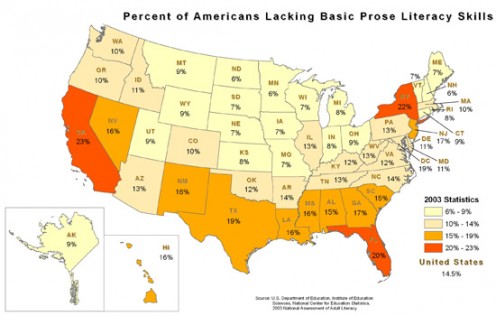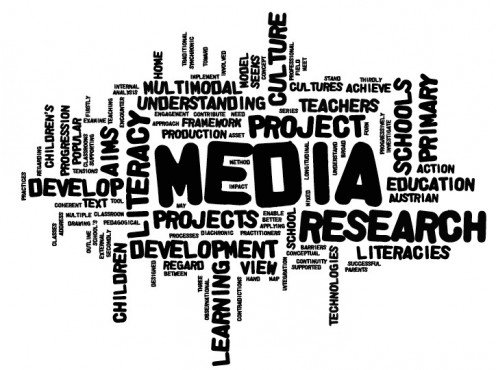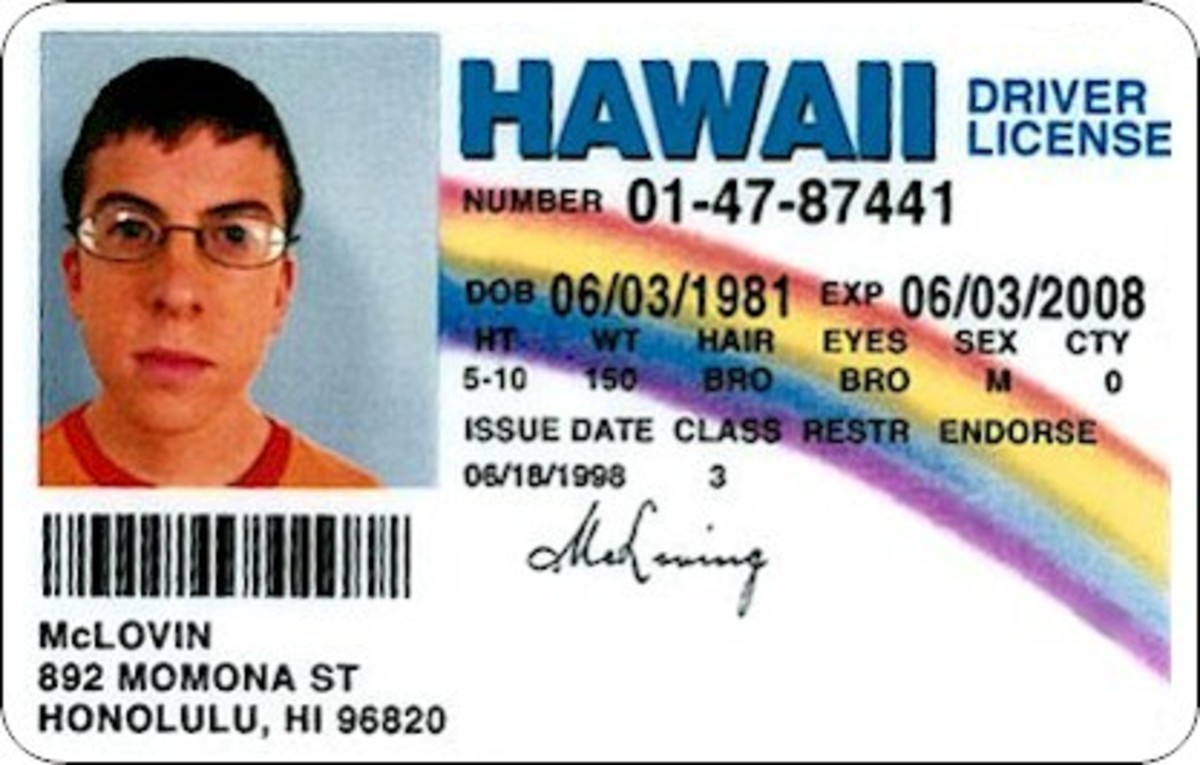A New Approach To Education

Since the 1930s, films in the United States have been used to express certain ideas and values of their time. During World War II, for example, they were used to inform and influence people on the events of the distant war, while later American films made during the Cold War era expressed anti communist values that were rampant across the nation. In today's twenty-first century United States, films are increasingly being used inside the classroom to provide students with an enhanced learning experience than lectures cannot offer. More often than not, watching a live-action film based on a historical event or watching the manner in which people interact in different societies are more effective ways of learning material compared to simply listening to someone talk about it. However, movies are also considered to have a "Hollywood factor" which many believe make their use as a teaching tool void. Despite the bias and inaccuracy that may be present in movies, their use in the classroom is beneficial for a students' development of literacy by providing them with a new insight and perspective on the subject matter which they can then use to obtain a deeper understanding of society.
Literacy and Education

According to the United States Census Bureau, only 69 million out of 224 million people 18 and older, had graduated from high school in 2008, which shows that an even smaller percentage moved on to forms of higher education such as college (U.S. Census Bureau). This and other similar worries with the country's educational levels led researchers, Margaret Gallego and Sandra Hollingsworth, to concern themselves with the lack of literacy in American society. Literacy is defined not simply as "the ability to read and write" (The Free Dictionary), but as the ability to understand different aspects of a language as a form of communication in order to be able to better interact within society. It is also, "%u2026the process through which students could [can] come to reflect critically on the world" (Gallego & Hollingsworth, 8) and it is because of this that literacy is a vital aspect in a person's success in life. Even though literacy is nurtured throughout one's education, it is not enough to develop literacy based on a school standard alone. According to Gallego and Hollingsworth, "%u2026we need to bring school learning out into real-life and real-life learning into the classroom" (Gallego & Hollingsworth, 8). That is something film can accomplish. By showing the realism of things such as social issues and of world events, films can be used as an extracurricular supplement to an instructor's lessons.
Films and Students



The improved learning experience that a film's special effects and cinematography create for students can be an improvement to a teacher's lecture. Donald Mattheisen, professor of history at the University of Lowell, envies "...the power of film (and video) to grasp and hold the attention of students" and according to him, "...the magical properties of film are too obvious to ignore" (Mattheisen). Mattheisen and other teachers agree on the effect that films can have on improving students' attention spans during class which, based on an article by the BBC News, lasts an average of 10 minutes (BBC News). Movies can also achieve greater interest for the subject matter unlike lectures which can be taught, "...devoid of emotion..." and can be, "...quite dull, not to mention virtually impossible [to teach]" (Sprau & Keig, 2). Films can thus serve as an encouragement for students who want to learn more about a specific subject matter. This demonstrates how films can often serve as an enhancement to an instructor's normal lesson plans. When films elaborate on crucial elements that might not have been expressed as effectively through a class lesson or include memorable stories or events in history that are not normally included in the class curriculum due to the limited time given in a school year, a student is able to get a more complete view of the subject matter. In addition, by appealing more directly to a student's emotions as well as their imagination, a movie can often generate a greater interest for the topic which can later be expanded and refined through class activities, discussions, and other assignments. Therefore, films can in-turn lead to students' success in their understanding of literacy by providing them with a different perspective on the subject matter. A deep examination of a movie would not only help students improve upon their skills of analyzing standard literacy, as set by their school, but through such analysis, they would develop the tools needed to evaluate the media literacy that influences their everyday lives in order to make well informed decisions.

Learning Mediums
In an interview that I conducted with a former high school English teacher, Russell Sato, I asked him a series of questions related to his own experience with using film in class. He believed that, as a teacher, it was, "...important to realize that not every student is engaged by the text you are covering in class", and he points out that, "...literature was not the primary or preferred form of media via which students could easily access". When asked about the ways that film can have a negative impact on a student's learning experience, Sato commented that if the purpose for watching the film isn't made clear to the class, then, "...students run the risk of not making the connection". He also pointed out that if, "...the students do not have an assignment to accompany the film" then their "...focus could easily drift from the teacher's desired [educational] purpose of the film". Sato agreed that film does enhance a student's learning experience in ways that benefit the visual-spatial learners as described by psychologist, Howard Gardner and states that it is necessary, "...to give visuals to bring the text of the class to life for students whose primary style of learning yearns for it". Through this interview, it became obvious how film can be advantageous for both a student and a teacher. Not only are certain concepts taught better through film but films can also help solidify a student's understanding of the material.
How Do You Learn Best?

A Film's Legitimacy
Despite the assumption that, "...film in educational settings is often relegated to filler material for overworked, underprepared or absent instructors" (Sprau & Keig, 2) as well as the debate over the legitimacy and bias of a film, one must keep into consideration the merits that certain films receive as well as the type of film being presented. When considering documentaries such as, "The War" by Ken Burns (IMDb), one cannot easily argue against the legitimacy of the 14 hour World War II documentary. This is due to several factors such as the reputation of the director and his previous successful works, as well as the use of sources of military footage and firsthand accounts of events in the war as legitimate sources in the documentary's production. However, the student's exposure to a particular bias that a film may present will most often be reflective of teachers' own bias towards the subject and their decision to show one particular documentary and not the other. Because of this, it is not logical to assign blame to a film for its bias but to consider the reality of the situation which is that an instructor's own opinions will always be present in their teachings whether or not they choose to use film. On the other hand, films like, "Saving Private Ryan", which does not necessarily demonstrate complete historical accuracy in its depiction of World War II counterbalance's this with the extremely realistic reenactments of certain events of the war such as the invasion of Omaha Beach. In addition, reviews of the film by critics and historians, as well as recognitions given by such institutions as the Academy Awards, can also attest for a movie's historical precision up to a certain degree. Nevertheless, even if a film was not the most historically accurate, its value would come from the assessment that would go into the movie itself.

The Value of Film
Analyzing a film with regards to the idea that it is portraying is often times more important than the information being relayed through its content because it will, "...push students towards increasingly sophisticated ways of experiencing a given event, reflecting upon it, [and] developing original ideas to explain it" which will then, "...produce increasingly complex thinking" (Sprau & Keig, 6). Additionally, "...conflict and drama in film can encourage students [into]...doing a 'critical analysis' of multiple perspectives" (Bluestone, 141) which can further their understanding of literacy by allowing them to take into consideration the different points of view that surround that perspective. They would then be able to use these views to make their own judgment on the particular issue, and thus become independent thinkers.
Bring films to your school?
- Digital Campus
Display the sounds and culture of another country through the use of film. - K-12 Digital Movies
Legally access films in digital format for classroom learning.

Perspectives In Literacy
This idea of multiple perspectives can play an important role in students' literacy by having them consider diverse ideas which come across in films. In them, for example, "...characters can enable students to relate to and understand the lives and beliefs of characters with whom they have little in common" and in "...identifying with their struggles", they are then able to, "...think more fully about the material and to use their experiences in considering the concepts presented" (Bluestone, 144). This is best seen in foreign films that present social topics and issues that are unfamiliar to people from different cultures. By introducing these new ideas that were not present in previous subjects, students are better able to understand the values and beliefs of different societies through new meanings. In this manner, their perception of literacy will then include a wider range of ideas that they had not considered before once they have compared and contrasted them with the ideas that they originally had of their own society. For minority students, this also means that they'll be able to more effectively relate themselves with the stories found in films as, "plots may center on their daily challenges and concerns" and the movies "...are more likely to include characters from diverse ethnic and socio-cultural backgrounds" (Bluestone, 144). In this way, films are able to appeal to a wider range of students that may have previously felt unfamiliar with the readings and textbooks normally used in class.

Into The Real World and Beyond
Even though movies are generally considered simply as a form of entertainment, it has been found that they can have greater potential when put to effective use in students' education. By using them in conjunction with a particular class's curriculum, students can take certain aspects of a film depending on its value as an accurate source of information. Whether it is the actual content of the film itself, or simply use of the film as an analytical work, instructors are now using films as a more diverse way of teaching different subjects. Through film, students also develop their literacy as they incorporate the ideas that they learn from the film which allows them to develop a better understanding of those ideas. Because of this, films can be used as vital sources of learning which can be valuable to both an instructor's teachings as well as a student's application of literacy skills in today's heavily media influenced world.








